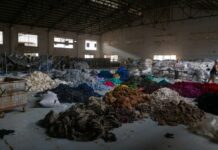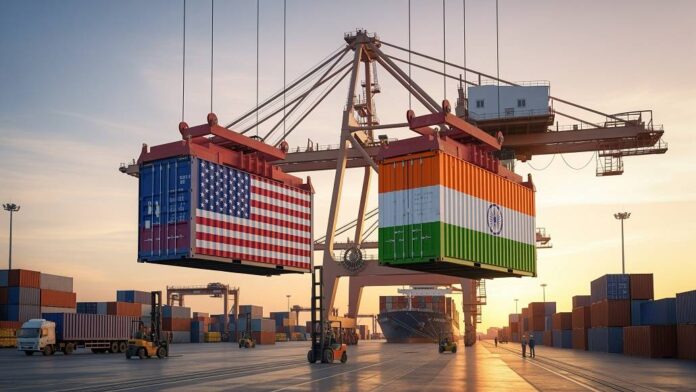In a few days, U.S. President Donald Trump’s additional 25 percent tariff on Indian goods will come into force, leaving Indian industries concerned about possible repercussions. The textile and apparel sector, heavily reliant on exports to the U.S., stands to be particularly affected. The U.S. is a significant market for Indian textiles, making the industry highly susceptible to such policy changes.
According to a Morgan Stanley report, the doubling of tariffs on Indian goods to 50 percent could potentially subtract up to 80 basis points from India’s GDP growth in the coming year, unless mitigated by proactive government policies and reforms. The textile industry, which is one of India’s largest job creators and exporters, is likely to face a serious downturn. The ready-made garments sector relies on the U.S. for approximately 10-15 percent of its revenue and could struggle to maintain competitiveness against other countries.
Insiders suggest that the impact on home textiles and carpets may be even more pronounced. To counteract these challenges, experts emphasize the necessity for India’s textile industry export diversification strategy. Overreliance on the U.S. as a trading partner leaves the apparel export sector vulnerable to fluctuations.
Analysts recommend increasing presence in regions like ASEAN, the European Union, Africa, and Latin America, while also strengthening ties with BRICS nations. Though these markets may not rival the size of the U.S., diversifying helps mitigate risks from geopolitical pressures.
With recent reports indicating India’s initiative to expand export outreach globally, including efforts in Africa and Latin America, there’s potential for substantial growth across various sectors. India’s previous trade agreements with countries like the UAE and Australia, alongside the Comprehensive Economic and Trade Agreement with the UK, may pave the way for sustainable revenue streams. Experts estimate non-U.S. market exports could grow by 15-20 percent annually over the next five years, enhancing India’s global trade stance. In facing these challenges, industry experts agree that implementing an effective India’s textile industry export diversification strategy is no longer optional, but essential for stability in a shifting geopolitical landscape.


































